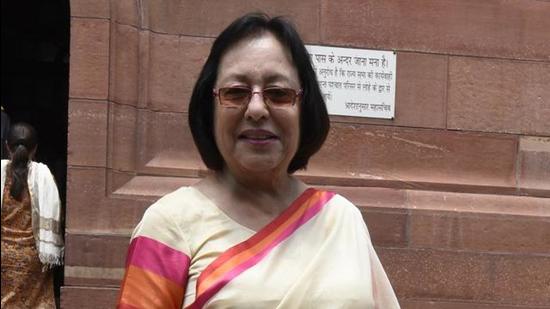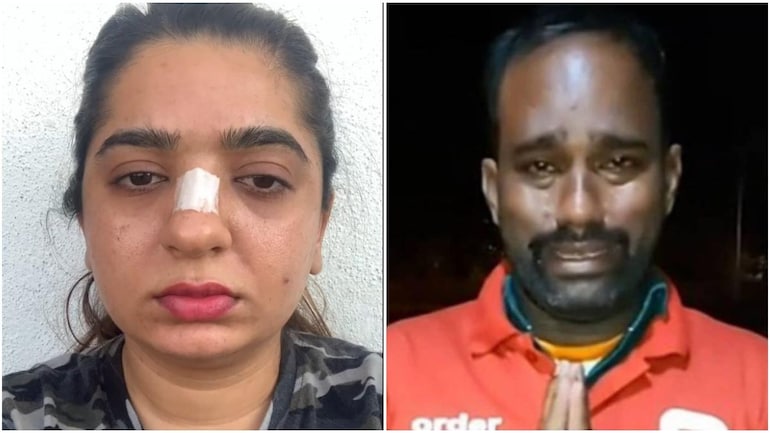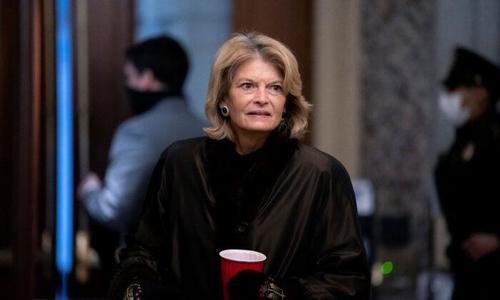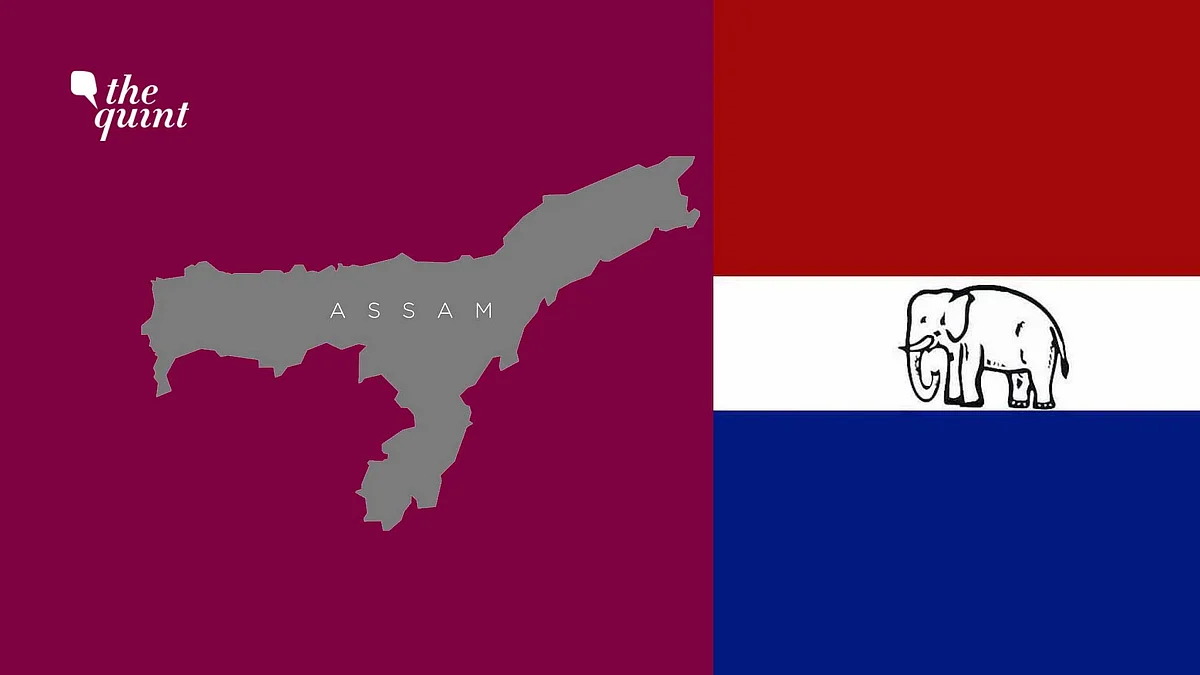By Giriraj Bhattacharjee*
In a letter dated March 12, 2021, the Union Ministry of Home Affairs
(UMHA), asked Mizoram to take appropriate action, as per law, and
maintain strict vigil at the borders to prevent a possible influx of
people from Myanmar into India. The instructions also pertained to three
other north-eastern States –Nagaland, Manipur and Arunachal Pradesh –
that, together with Mizoram, share the 1,643-kilometre-long Indian
international boundary with Myanmar.
The February 1, 2021, coup d’état by Tatmadaw (Myanmar
Army) followed by civilian protests and violence as a result of a
crackdown have led to an influx of Myanmerse nationals into Mizoram.
Significantly, according to a March 6 report, the UMHA instructions
come after the Deputy Commissioner of Falam District (Chin Province) of
Myanmar, in a letter, officially requested her counterpart in the
Champhai District of Mizoram for the return of eight Myanmerse Policemen
who have fled to India. The letter noted,
In order to uphold friendly
relations between the two neighbour countries, you are kindly requested
to detain eight Myanmar police personnel who had arrived to (sic) Indian
territories and hand-over to Myanmar.
Meanwhile, on March 8, Mizoram Chief Minister (CM) Zoramthanga observed,
As common-sense dictates, when
there is a political problem in one country and when there is a fear for
one’s life, if they cross over to the neighbouring countries, then
normally they were not sent back.
Although official numbers regarding the influx are not publicly
available, on March 8, 2021, Mizoram Chief Minister Zoramthanga put the
number between 20 and 30. However, news reports based on State Police
assessments put the number at 100 Myanmarese, mostly Policeman and their
family members, having taken refuge in five Districts. Six Districts of
the State – Champhai, Lawngtlai, Hnahthial, Saiha, Serchhip and Saitual
– lie along the Indo- Myanmar boundary.
The plight of the kindred tribes in Myanmar (Chin, Hakha and Mara
tribes) evoked compassion and anger in the State, and on February 3,
2021, the Mizo Zirlai Pawl, the apex student body in Mizoram,
staged a sit-in protest in Aizawl, the capital city of Mizoram, to seek
restoration of democracy in Myanmar.
Meanwhile, for the fifth consecutive year, Mizoram recorded no
insurgency linked fatality in 2020. The last insurgency-linked fatality
was reported on March 28, 2015, when three Policemen were killed in an
ambush by militants of the Democratic faction of the Hmar People’s
Convention (HPC-D) near Zokhawthiang in Aizawl District.
In fact, not a single violent incident of any type has been recorded
since March 28, 2015. However, militants from neighbouring states use
the State as a transit and safe haven, to evade Security Forces.
On March 12, 2021, Police arrested a leader of the National Liberation Front of Tripura (NLFT-Parimal Debbarma) faction, Parimal Debbarma, in Aizawl District.
On March 11, 2021, the Assam Rifles arrested Manipur-based Kuki
National Army-India (KNA-I) ‘commander-in-chief’, Nehjang Haokip, in
Aizawl District.
The prevailing and sustained peace, moreover, faces a challenge due
to the rivalry between Mizo and non-Mizo communities, including Chakmas
and Brus.
In Mizoram, Chakmas inhabited villages are located in Lawngtlai and
Lunglei Districts. The Chakmas are the inhabitants of the Chittagong
Hill Tracts in Bangladesh who, according to Mizo civil society groups,
illegally infiltrate across the international border. Mizoram has 318
kilometres of an international border with Bangladesh of which only
155.07 kilometres is covered with barbed wire fencing.
On February, 21, 2020, Mizoram Home Minister Lalchamliana informed
the State Assembly that Special Task Force committees had been formed at
the District and Sub-divisional levels for detection, detention and
deportation of illegal immigrants from Bangladesh in the three border
districts of Lunglei, Lawngtlai and Mamit.
Earlier, on March 12, 2020, the then State’s Local Administration
Department (LAD) Secretary, Rodney Ralte, stated that an exercise was
being carried out since early February 2020, under the joint initiative
of the Mizoram Home Department and LAD to detect foreigners. The
Secretary also added that there are about 19 unauthorised villages
inhabited by Chakma and Bru tribes across Mizoram, 13 in Lunglei
District, three in Champhai, two in Mamit and one in Serchhip District.
Ratel added,
Strong appeal from civil society
groups and student bodies has prompted the State Government to carry out
the foreigner detection drive. Genuine residents of Mizoram will be
asked to return to their parent villages in the State and foreigners
will be pushed back to their respective countries.
This is not the only time that such exercise has been initiated. In
March 2019, the State Legislature passed the Mizoram Maintenance of
Household Registers Bill, 2019, that sought to identify foreigners
residing in the State, so as to prevent “usurpation” of benefits of
developmental schemes by those who are not entitled. The Bill is pending
with President Ram Nath Kovind for his assent.
The Brus are the inhabitants of Mizoram’s Mamit, Kolasib and Lunglei
Districts. The majority of Brus are from Mamit District, which borders
Tripura. In Tripura, Brus – also known as Reangs – are the second
largest tribe. Tribal rivalry exists in Mizoram due to the Mizo groups’
contention that Brus “are not indigenous to Mizoram.” Mistrust between
the two tribal groups is the leading cause of delay in resolving the
issue linked to the repatriation of more than 30,000 Brus from Tripura
to Mizoram. These people were displaced from the Mizoram to Tripura in
1997 due to the ethnic violence that was sparked by the killing of a
forest official in Mizoram by Bru National Liberation Front (BNLF)
militants on October 21, 1997. An agreement signed between the Union
Government and the Mizoram Bru Refugees Displaced Forum on July 3, 2018,
for the repatriation of the Bru tribals to Mizoram has not been
implemented thus far.
On March 9, 2021, the Mizo Students’ Union (MSU) gheraoed the Office
of the State Higher and Technical Education Department Directorate, to
prevent the department Director, a ‘non-local’, Nazuk Kumar, a 2016
batch Indian Administrative Service (IAS) officer who hails from
Chandigarh, from attending office. MSU demanded the incumbent be
replaced by a Mizo IAS officer. MSU president J. Lalmuanzuala declared,
“We want a Mizo officer who understands the local ethos and interests of
the students.” However, the protesters dispersed in the evening after
they were given verbal assurance by the Government that Kumar would not
attend office till her replacement too charge. The State Medical and
Technical Entrance Examination (SMATEE) is conducted by the department.
The preference of a Mizo official over non-Mizos is linked to a
similar protest in 2015. The MZP had staged a massive protest in 2015
after 38 Chakma students were given seats for medical and technical
education under Category-I of SMATEE. In MZP’s view, these seats are
exclusively for Mizos. A legal battle based on claims and counter claims
followed, which was settled when the Gauhati High Court quashed the
Mizoram (Selection of Candidates for Higher Technical Courses) Rules,
2016, putting the “Zo-ethnic people” (Mizos) who are known as indigenous
under Category-I and “non-Zo ethnic people” under Category-II.
The underlying ethnic tension between the Mizos and non-Mizos have led to occasional violent outbursts.
On January 14, 2020, an irate mob numbering about 800 staged a
protest rally and vandalized more than 50 dwellings at Nghalimlui in the
Lawngtlai District. The protest rally was reportedly against the murder
of a Mizo youth, allegedly perpetrated by three Bru tribals. The
incident was linked to an individual identified as A. Lalrawnliana,
whose body was recovered from a Bru dominated area near Nghalimlui
village in Lawngtlai District. He had been missing since January 4,
2020.
Predictably, the Union Home Ministry had mediated a solution by settling the displaced Brus in Tripura. On January 16, 2020, an agreement
was signed by representatives of the Brus, Tripura, Mizoram and the
Union Government, in the presence of Union Home Minister Amit Shah, to
resettle the Brus in Tripura.
Another issue is the interstate border dispute with
Assam and Tripura. Both Mizoram and Tripura have reasserted their
respective claims over Phuldungsei village in the Jampui Hill Range in
the North Tripura District [Tripura] – Mamit District [Mizoram] area. On
the Assam-Mizoram border, three points – Lailapur in Cachar District in
Assam and Vairengte in the Kolasib District of Mizoram; Muolmawi
(Baruatilla) in Karimganj District of Assam and Thinghlun village in the
Mamit District in Mizoram; and Kachurtal (Zophai area) village in the
Hailakandi District of Assam and Bairabi village in Kolasib District of
Mizoram.
Further, the unfenced international borders with both Myanmar and
Bangladesh remain a continuing concern. On September 28, 2020, the
Border Security Force (BSF), in a special operation, recovered a huge
cache of arms and ammunition on the outskirts of Phuldungsei village in
Mamit District along the Indo-Bangladesh border. The cache included 28
AK-series rifles along with 7,894 rounds of ammunition and 28 magazines.
Separately, an investigation by the Frontier Despatch, a
Mizo investigative weekly, claimed that, between 2009 and 2019, the
State Police and Excise and Narcotics Department (END) had registered a
total of 33,592 drug and liquor abuse cases (Mizoram is a dry State with
total prohibition). The END data for financial year 2020-21 (data till
February 28) indicates that 436 persons were arrested in 336 cases under
the Narcotics Drugs and Psychotropic Substance (NDPS) Act, 1985.
Mizoram has remained relatively peaceful since the negotiated end to a
20-year insurgency in 1986, but the peace is sometimes challenged by
inter-ethnic tension between dominant Mizos and the minor tribes. The
amicable and just resolution of these differences is essential if
enduring peace is to be established in the State. Constant vigil along
the international boundary with Myanmar and Bangladesh is another
imperative, as is a resolution of inter-state boundary disputes.
*Giriraj Bhattacharjee
Research Associate, Institute for Conflict Management
Source: SATP.org














